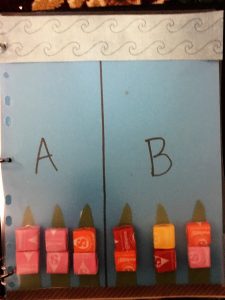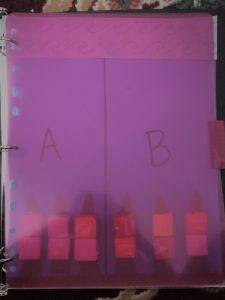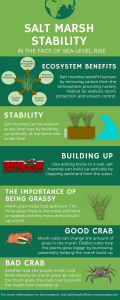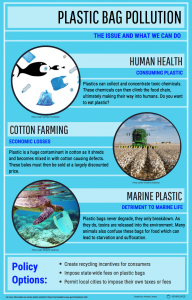Overview
A crucial contributor to the James River’s infirmity is a group of fire-resistant, fat-loving chemicals known as polychlorinated biphenyls (PCBs). Mixtures of PCBs were widely used in commercial and industrial settings. But their production was banned in the late 1970s in the United States because they are a human health hazard. However, PCBs are persistent and are found in sediment, water, and organisms. Larger organisms exposed to PCBs, like fish and us, accumulate more PCB over their lifetime and human consumption of fish is dangerous even at low concentrations (parts per billion).
As a fellow with the Virginia Department of Environmental Quality (DEQ), I am assisting DEQ through its Total Maximum Daily Load (TMDL) program to tackle the problem. The weathering of PCBs and inadvertent present-day production can severely limit TMDL development process because the sources of PCB to the environment are not obvious. My research focuses on using statistical analyses to “fingerprint” PCBs mixtures and find their likely sources.
Reducing PCBs in the environment requires not only identifying what the sources are, but public buy-in. PCBs are not recognized as a present-day hazard by the public. And unless people read all the signage at public access points or look for fish consumption advisories online, there is little to tell them how widespread and current the problem is in Virginia.
Audience
My intended audience is geared to the general public living in the James River watershed. More specifically, the general public includes students, non-profit organizations, community groups, and citizen monitoring groups. A good example of this group is the Middle James Roundtable. During the TMDL process, the interest of the general public are not represented as well or as consistently as industrial, commercial, and municipal interests. Audiences will also be reached by posting it to DEQ’s social media accounts (and perhaps the social media of other state agencies), contacting community groups and asking them to forward/embed videos in newsletters and blog posts, and web-based journal articles (e.g. Chesapeake Bay Journal, Richmond Times-Dispatch).
Proposed Product
I’ve attached a presentation I gave to the Middle James Roundtable on October 23 as a storyboard of sorts. The roundtable was a good test audience because there were a variety of stakeholders, from state agencies to citizens to municipalities. It went very well and I have contacted the roundtable’s steering committee for feedback to better focus my product. From the individuals I was able to talk to while at the conference, two common threads were apparent: “I did not know they were still entering the environment today,” and “Where else are they found?”
While the focus is on reaching those people that live in the James River watershed, I want to create an evergreen product that DEQ can use to educate parties on what PCBs are, how PCBs are addressed, and what the public can do to help. Because PCBs are a chemical compound for which most people do not have a mental image for and because there are many unfamiliar terms and concepts, I would like to create an animated video (around 5 minutes in length) to illustrate a brief history of PCBs and their uses, how and why they are dangerous, and how we can alleviate the issue from both a governmental perspective and individual perspective. By making a video, the information will be more quickly disseminated (what is shared more on social media, infographics or videos?) and can easily be embedded in e-newsletters and website posts by organizations and individuals.





